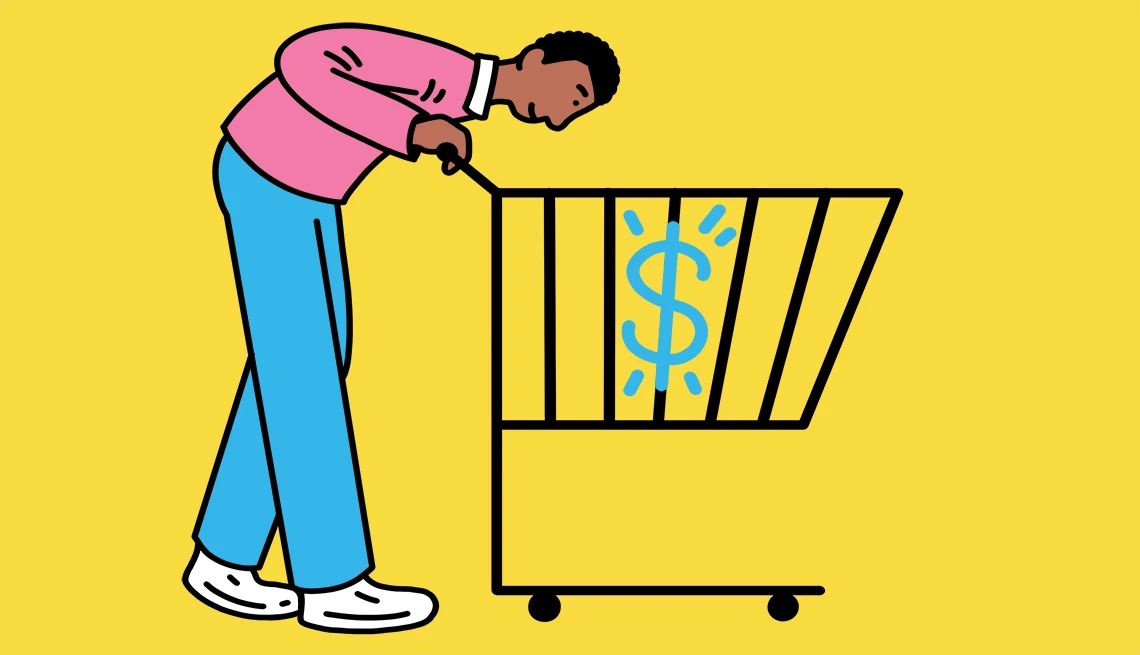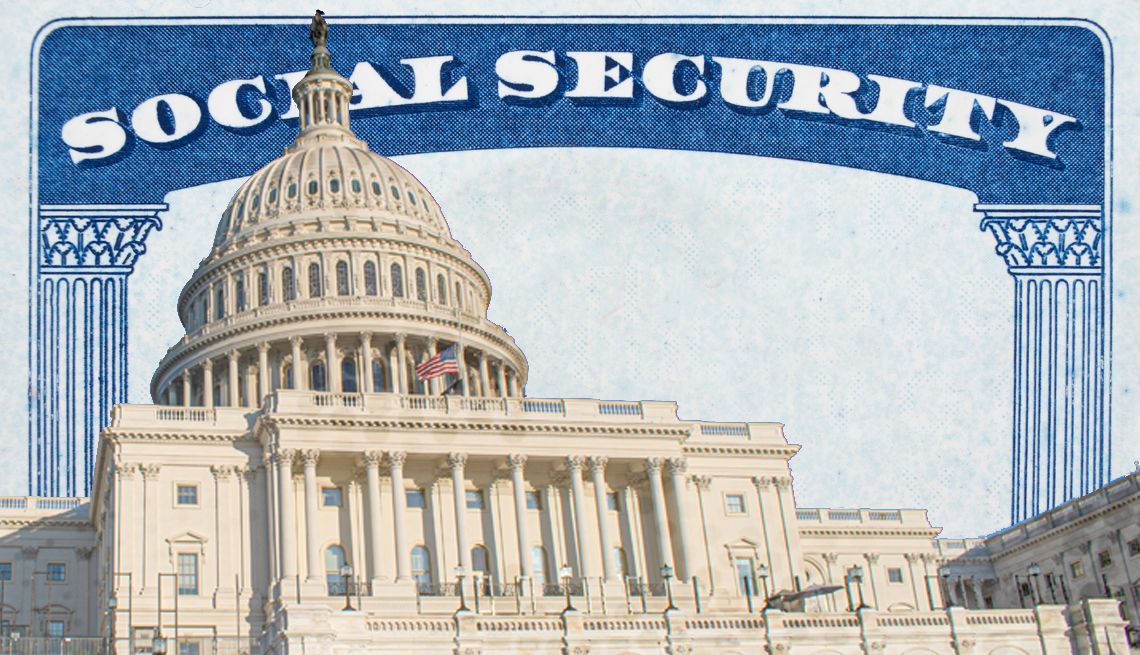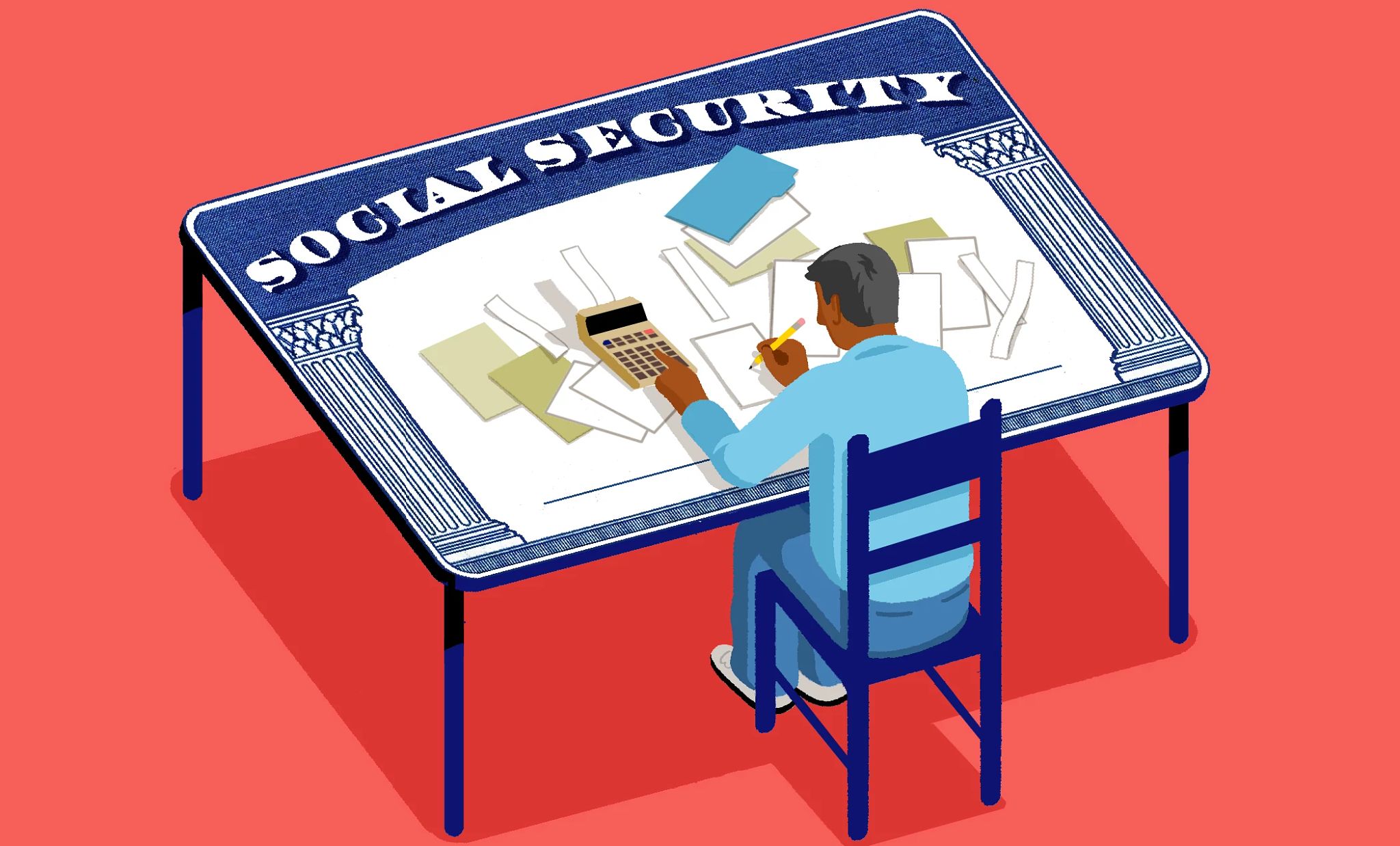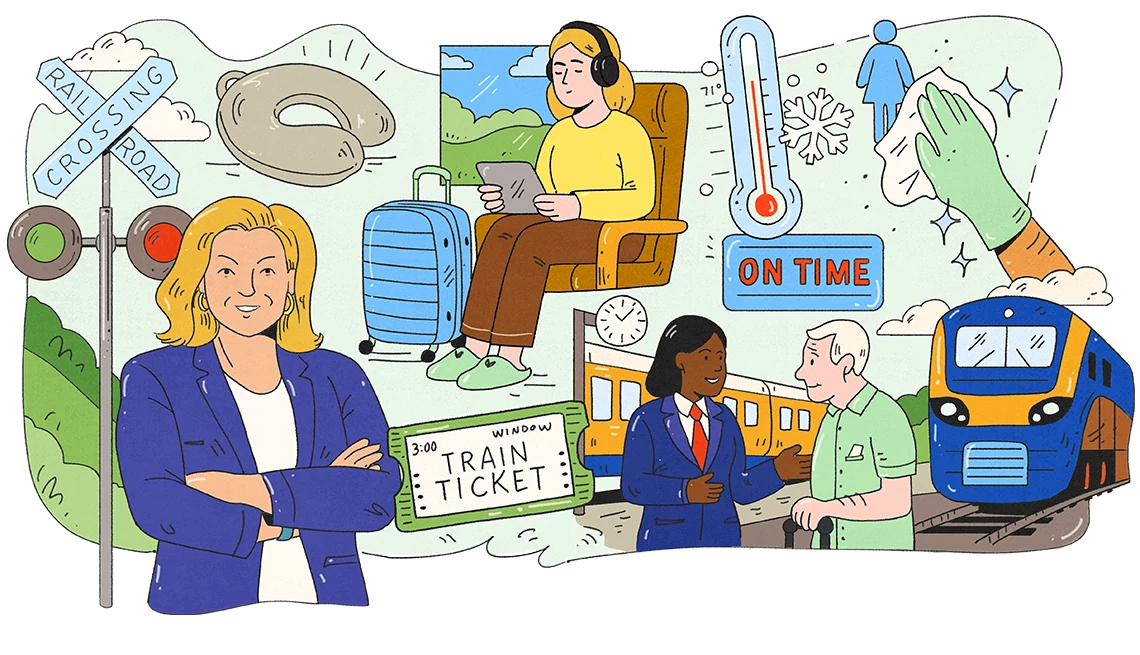AARP Hearing Center
Social Security at a Crossroads: The Challenges Facing America's Most Trusted Program

For nearly 90 years, Social Security has served as the bedrock of retirement security in the United States. Nearly 67 million Americans rely on its benefits — retirees, people with disabilities, survivors and dependents alike. But today, the program is under extraordinary strain. Budget shortfalls, rising demand and administrative challenges are converging in ways that threaten both its integrity and accessibility.
A system stretched thin
Despite growing demand, the Social Security Administration’s (SSA) operating budget has declined by nearly 17 percent over the past decade, when adjusted for inflation. At the same time, the agency has lost more than 6,000 employees, even as the number of Americans reaching retirement age continues to grow. The result is a system pushed to its administrative limits, with long wait times, reduced access to in-person support and fewer available staff to guide individuals through the process.
Closures create access barriers
Since 2010, more than 65 SSA field offices have closed — many of them in rural or underserved areas. These closures have created serious gaps in access, particularly for individuals with mobility challenges, limited internet service or transportation barriers. People who once relied on walk-in assistance are now navigating complex systems alone or waiting weeks or months for help.
Digital tools don’t work for everyone
As part of efforts to modernize operations and reduce costs, the SSA has moved many of its services online. For some, this digital access is a welcome convenience. But for others — particularly older adults, people with disabilities or individuals with limited digital literacy — it creates new barriers. Applying for benefits, updating records or resolving errors is now often done online, even when in-person help might be more appropriate or accessible.
Keeping personal information safe
SSA’s information systems face increasing cybersecurity threats. As more services move online and more personal data is stored digitally, the risk of identity theft, data breaches and fraud grows. Protecting the privacy and security of millions of beneficiaries must be a top priority as modernization efforts continue.
Delays in disability decisions have real consequences
The challenges extend far beyond retirement benefits. Millions of Americans depend on Social Security Disability Insurance (SSDI), yet face wait times that can stretch for months — and in some cases, over a year. These delays leave many without income or medical support during some of the most vulnerable times of their lives. For those living paycheck to paycheck, a gap in benefits isn’t just an inconvenience — it can lead to housing instability, worsening health outcomes and emotional distress.
Phone cuts create urgent access barriers
AARP formally opposed the SSA's decision to restrict access to certain phone-based services - an essential resource for older adults, especially those in rural areas or without internet access. In just a matter of days, transactions that could once be handled over the phone will require new, burdensome identity verification procedures. This abrupt shift was made without public input or adequate warning. Many people will now be forced to make in-person appointments, wait on hold for extended periods or attempt to navigate unfamiliar online systems simply to access their earned benefits. These changes come at a time when SSA is already struggling with long hold times, low staffing and widespread service delays.
New in-person mandates increase confusion and risk
These challenges are compounded by new identity verification policies being introduced with little notice or support. While intended to reduce fraud, the sudden rollout of unfamiliar platforms and new procedures may do the opposite - creating confusion that scammers can exploit. Criminals already use impersonation tactics to target older adults and rushed changes only heighten the risk. Meanwhile, requiring in-person visits or digital identity tools without alternatives could leave behind individuals with disabilities, limited digital access or mobility challenges. When older adults are forced to navigate these barriers without help, access to benefits becomes a struggle instead of a right.
A program worth protecting
Social Security has been one of the most successful anti-poverty programs in American history. It has kept tens of millions of people — especially older adults — from falling into poverty and has provided stability to generations of Americans. But it cannot sustain its mission without proper investment, modern infrastructure and fair access for all.
Everyone has a role to play
This program was built by workers, for workers — and it should work for everyone. That includes people with disabilities, rural families, survivors, dependents and all of us aging into retirement. We each have a voice in shaping its future. AARP has urged Senate leadership to intervene through formal oversight, calling for hearings to ensure transparency and accountability in future SSA policy changes.
Staying informed, asking questions and speaking out when the system falls short helps ensure that Social Security remains accessible and respectful for all. When agencies make abrupt changes without warning, the public has a right to demand transparency, clear communication and real solutions. Every American who interacts with Social Security deserves to be treated with the dignity they've earned after a lifetime of work.
Together, we can protect the integrity of Social Security — not just for ourselves, but for generations to come.

































































